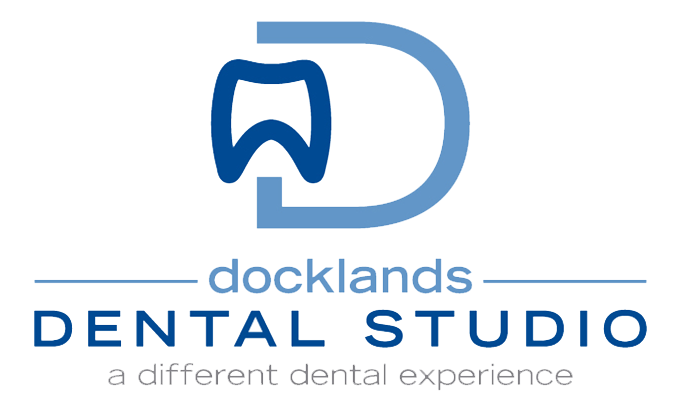Cosmetic Bonding
A chipped tooth can make your smile less than attractive. Perhaps you’ve disliked the wide or uneven spaces between your teeth, ever since childhood. Or maybe your teeth stains have not lightened with chemical whitening, and you’re ready for the next step. Cosmetic bonding presents a simple, one-visit procedure that corrects all of these issues, and more. Bonding is even appropriate for children.
What is Cosmetic Bonding?
The material we use for tooth-colored fillings is a composite resin, tinted to blend with natural tooth enamel. This same material is used in cosmetic bonding. The entire procedure takes mere minutes, and with good oral health, absence of injury, and proper dental care, the result can last five to seven years or longer.
Bonding adds structure to teeth. We apply it to fill spaces, such as those made by chips to teeth. By adding bonding to make teeth larger, we can effectively close spaces between teeth. Bonding can also be applied in a thin sheet, as a veneer over the front surface of a tooth, to veneer it. Veneering corrects small imperfections and permanent stains.
How Bonding is Placed
After lightly etching a tooth’s surface, liquid composite resin is applied and sculpted. A curing light hardens the material, then the doctor further sculpts it for a natural-looking finish. We will have you bite down to check occlusion, to make sure that your bonded tooth and opposing teeth fit together properly when your mouth is closed. A final polish will finish the procedure, and you’ll enjoy a more perfect tooth, and a more fabulous smile.
Bonding or Veneers?
Bonding accomplishes many of the same results as veneers. However, bonding lasts five to seven years in most cases, and veneers can endure 20 years or more. Most cosmetic dentists consider bonding a temporary procedure that may later be replaced with veneers. You can opt to simply continue replacing the bonding when necessary, if you prefer.
Another consideration is when bonding is not going to last. To repair a chip on the tip of a front tooth, bonding may not be effective. Biting into an apple, for instance, may damage the bonding. The doctor will advise you if a dental crown or veneer is recommended, instead of bonding.
Contouring
The opposite of bonding is contouring. Where bonding adds structure, contouring removes structure. If you have uneven, lightly chipped, or pointy teeth, the doctor may suggest simple contouring to remove a bit of enamel and correct your cosmetic dental flaw.
Schedule Your Consultation Now
Has an accident left you with a chipped front tooth? Have whitening treatments failed on your teeth? Call Docklands Dental Studio now to reserve a consultation with one of our cosmetic dentists, and we’ll explain bonding, as well as alternative treatments that suit your case. We are accepting new patients and will be happy to provide excellent dental care to everyone in your family.
Call: (03) 9021 9487
Email: info@docklandsdentalstudio.com.au
57 Merchant St,
DOCKLANDS VIC 3008
Open:
Monday-Friday: 8:30am-5pm
Thursday: 8:30am-6pm
Saturday: 9:00-3pm
Cancellation Policy
There is a cancellation fee of $50 in case cancellation is made less than 48hours.
SERVICES
